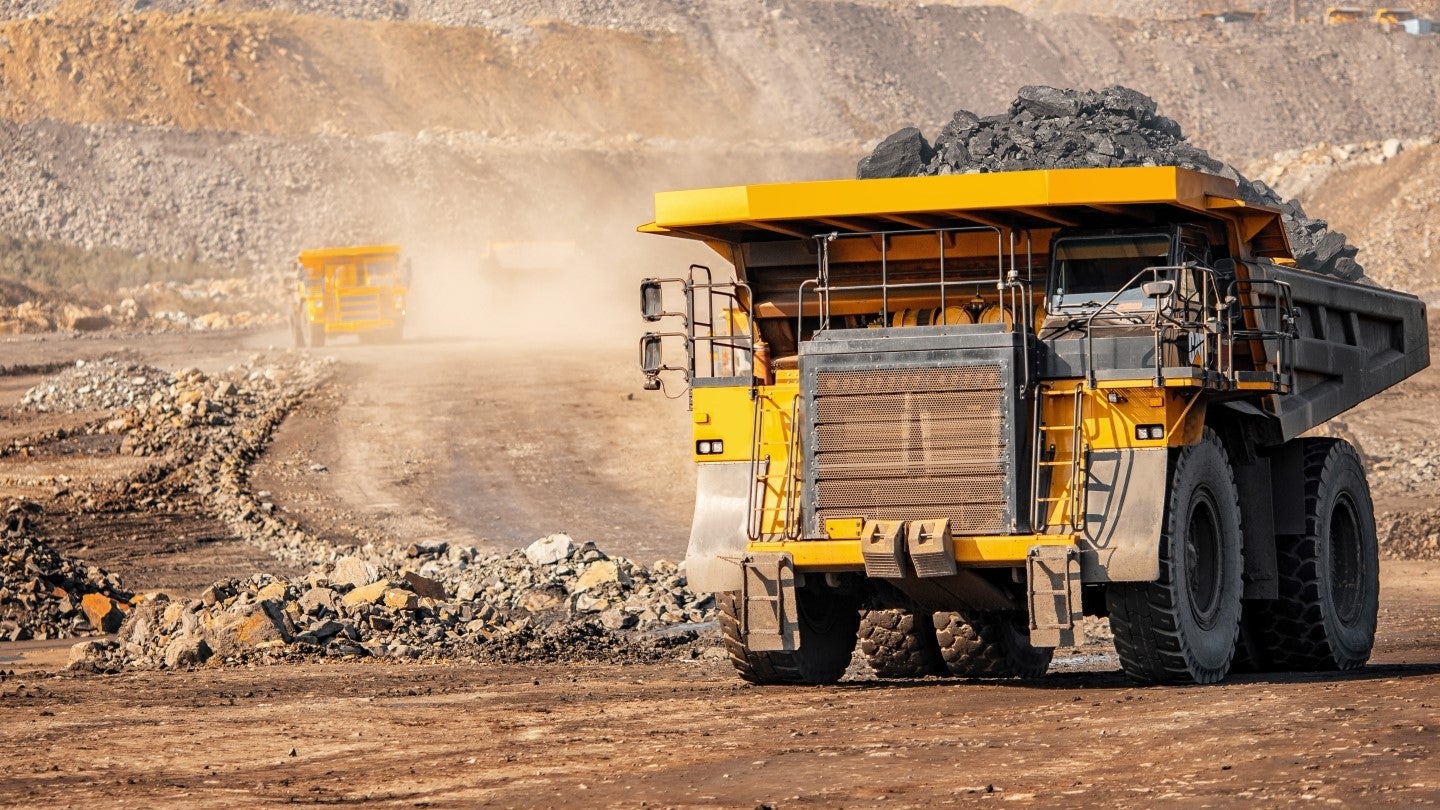Sign up for daily news updates from CleanTechnica on email. Or follow us on Google News!
Just a few months ago the US offshore wind industry seemed to be headed for the rocks, accompanied by much cheering on the part of groups opposed to renewable energy. Well, that was then. The industry is on track to replace all the contracts that faltered last year, and then some, to the tune of up to 15.5 gigawatts in new capacity.
What Really Killed New Jersey’s Offshore Wind Plans Last Year?
New Jersey provides a good illustration of the pitfalls that befell the US wind developers last year. Attacks on the US offshore wind industry were in full bloom along the coast of New Jersey, where no offshore turbines yet exist. Nevertheless, partisan political groups seized the opportunity to blame the mere idea of wind turbines for killing whales in New Jersey, and they organized local residents against offshore development.
According to experts who actually study whale populations, the usual suspects — namely, boat strikes and fishing gear — are the actual cause of a sharp increase in whale deaths in the region, a trend first spotted six years earlier, back in 2017.
“Organizing against the actual causes of whale deaths, including boat strikes, abandoned fishing gear, and other plastic pollution, would probably be more helpful,” CleanTechnica noted last July.
Be that as it may, the opposition to wind development was loud and hearty among shoreline communities. You could practically hear the corks popping last fall, after the leading wind developer Ørsted abruptly cancelled plans for two wind farms off the coast of New Jersey.
Naturally opponents took credit for the decision, though Ørsted has asserted that supply chain issues were the deciding factor, including a long delay in the availability of work boats to get the work done.
US Offshore Wind Industry Comes Roaring Back
New Jersey was not the only region to disappoint offshore wind fans. The US Bureau of Ocean Energy Management, which administers offshore leases, walked off almost empty-handed from an auction of offshore lease areas for Texas and Louisiana in the Gulf of Mexico last year. Two lease areas attached to Texas attracted a total of zero bids, while just two bidders duked it out for a single lease area attached to Louisiana.
However, signs of a revival cropped up soon after the calendar turned to 2024. In January, just a few months after Ørsted dropped the ball, the New Jersey Board of Public Utilities approved two new wind projects for a total of 3.7 gigawatts, more than enough to replace the 2.2 gigawatts that Ørsted would have delivered.
Meanwhile, BOEM is giving the Gulf of Mexico another chance, with three more lease areas designated off the coast of Texas and another one in Texas.
All together, the organization Oceantic Network estimates that state approvals could come through for as much as 15.5 new gigawatts by the end of this year, with about 60% of that replacing lost contracts. The other 40% will be icing on the green cake.
“With the U.S. market largely stabilizing and returning to growth, the next twelve months have the potential to bring significant supply chain development, further investment, and renewed shipbuilding activity,” Oceantic Network notes.
In addition, several projects that already have “steel in the water” are also moving forward, and leading global investors are taking notice. For example, the US utility Dominion just announced that it has secured a financial assist from the firm Stonepeak to complete its massive, 2.6-gigawatt Coastal Virginia Offshore Wind project.
As described by Dominion, Stonepeak is “one of the world’s largest infrastructure investors with more than $61 billion in assets under management and an extensive track record of investment in large and complex energy infrastructure projects including offshore wind.”
“Their significant financial participation will benefit both our project and our customers,” Dominion added. The agreement gives Stonepeak a 50% non-controlling interest in the project, with Dominion retaining full control over construction and operation.
The East Coast / West Coast Race For Floating Wind Turbines
Another area of activity is cropping up in the relatively new field of floating offshore turbines. Floating turbines are tethered to the ocean floor by thin cables, in contrast to regular turbines that sit on long tubes, called monopiles, which are sunk into the seabed.
Monopiles are the construction method of choice for most of the wind-busy Atlantic coast, where the water is relatively shallow. Floating turbines are the solution for the more challenging waters of Maine, as well as much of the West Coast.
Now that floating wind technology has reached the commercial market, the US offshore wind industry can reach its full potential. BOEM is determined to see that happen, aiming for a goal of 15 gigawatts in floating wind capacity by 2035.
California is front and center, with five active leases already bid out by BOEM. Last week BOEM also put the final touches on two lease areas off the coast of Oregon with a combined capacity of 2.4 gigawatts. Totaling just over 195,000 acres, the lease areas were tailored to avoid commercial fishing grounds.
Representing the East Coast is the Gulf of Maine, where BOEM has been drafting an offshore wind lease area topping 3.5 million acres. That’s not a typo. BOEM estimates the total capacity of the lease area at more than 40 gigawatts, which is also not a typo, since the area in question is a massive one that reaches all the way down to Massachusetts.
Ørsted To US Offshore Wind Industry: I Love You After All
As for Ørsted, despite stabbing New Jersey in the back, the company is still carrying on a relationship with New York, which offered the opportunity to renegotiate contracts, indicating the company is still bullish on the US market.
Sure enough, Bloomberg reporter Josh Saul spoke to Ørsted CEO Mads Nipper earlier this week regarding the company’s plans for the US. “The head of Danish energy giant Orsted A/S says the US is an attractive place to build new offshore wind farms even after inflationary shocks devastated the sector over the past year,” Saul reported.
“The reason: the newest deals to sell electricity include crucial provisions that increase the price of power if inflation goes up.”
That’s not particularly good news for ratepayers, but it remains to be seen how costs will shake out over the coming years.
In the floating wind field, innovators are working on new turbine designs that minimize the cost of steel and other materials.
Reducing wind turbulence among the turbines in offshore wind farms is another cost-cutting improvement on the horizon, so stay tuned for more on that.
Follow me @tinamcasey on Bluesky, Threads, Post, and LinkedIn.
Image (cropped): Offshore wind turbine at Coastal Virginia Offshore Wind project, courtesy of Dominion.
Have a tip for CleanTechnica? Want to advertise? Want to suggest a guest for our CleanTech Talk podcast? Contact us here.
Latest CleanTechnica TV Video
I don’t like paywalls. You don’t like paywalls. Who likes paywalls? Here at CleanTechnica, we implemented a limited paywall for a while, but it always felt wrong — and it was always tough to decide what we should put behind there. In theory, your most exclusive and best content goes behind a paywall. But then fewer people read it!! So, we’ve decided to completely nix paywalls here at CleanTechnica. But…
Thank you!
CleanTechnica uses affiliate links. See our policy here.




.jpg)
